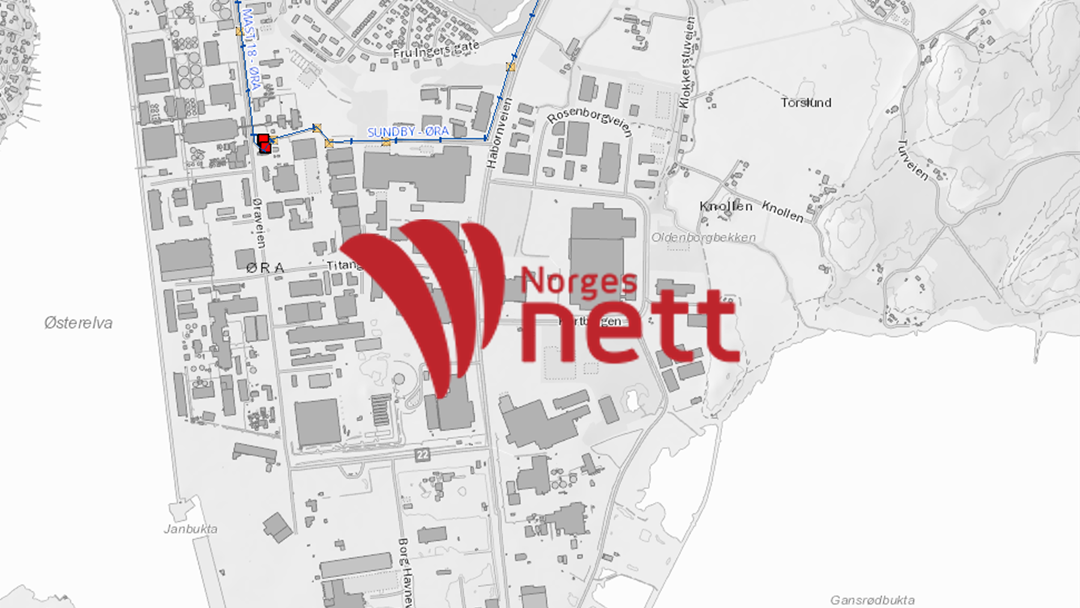Probabilistic planning methodology

Improved planning methodologies can increase security of supply and up-time for customers, and decreased cost for grid companies.
As AMS is installed throughout the distribution grid, grid companies suddenly have a lot of data with untapped potential. The question is, can we use this data to improve grid planning methodologies?
Together with CINELDI, Norgesnett is testing a new probabilistic planning methodology based on existing AMS data for a part of their network, located in the Øra Industrial area.
As part of the research related to the pilot, the code platform "Flexible Load Analysis" has been developed and made publicly available through GitHub. This is a modular and flexible code platform implemented in Python for pre-processing and managing historic load demand data in a grid area, apply modelling of future load demand, analysing the need for flexibility in the grid area, and run "what-if" analyses related for instance to connection of new end-users.
The code platform has been applied to characterize the need for flexibility in a grid area, as a potential option to defer grid investments, using the Øra Industrial area as an example case. It was found that, compared to traditional load modeling methods currently used by DSOs, the hourly AMS load demand data helps describing when flexibility is needed, how much power and energy would typically be needed from potential flexibility sources, the duration of the flexibility need, etc. The work illustrates applications and value of measured load demand (AMS) data now being available to the DSOs. The load analysis also illustrates how traditional methods such as utilization time and load duration curves provide DSOs with less information and may give misleading conclusions about the relevance of flexibility.
Publications:
- D. Bjerkehagen, S. Sandell , E. Haugen, I. B. Sperstad. "Flexible Load Analysis", software, 2022.
- S. Sandell, D. Bjerkehagen, I. B. Sperstad. "Load analysis for evaluating flexibility needs in the planning of an industrial distribution grid", Published in 2022 International Conference on Smart Energy Systems and Technologies (SEST), Eindhoven, Netherlands.
- S. Sandell, D. Bjerkehagen, B. Birkeland, I.B. Sperstad: Dataset for a Norwegian medium and low voltage power distribution system with industrial loads, Zenodo, 2022.
